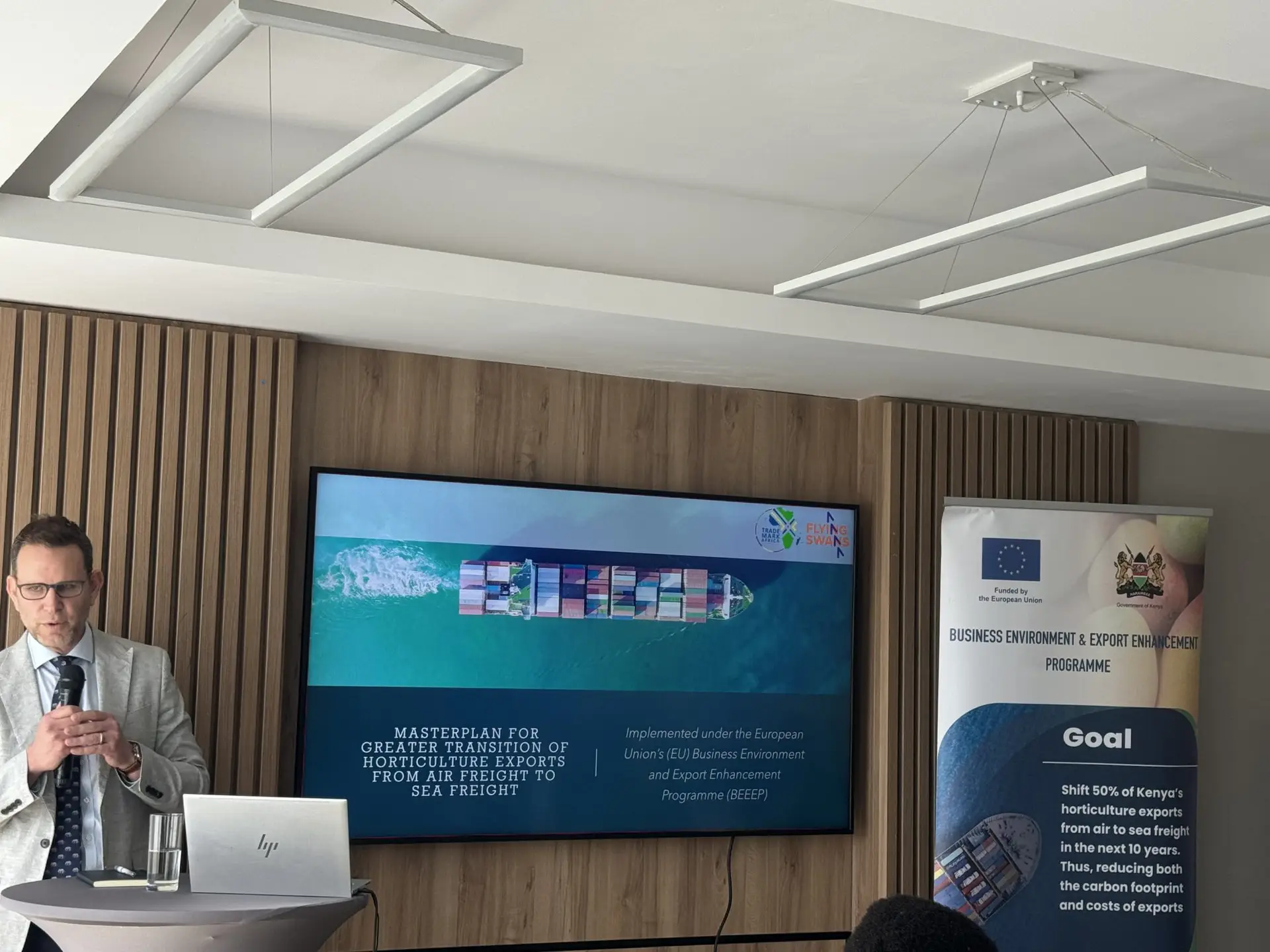Kenya’s fresh produce sector is aiming for a double win: reducing greenhouse gas emissions and carving a bigger portion of the global export market by enhancing its competitiveness. To explore the way forward in achieving this, the BEEEP Logistics Working Group convened on 25 June 2024 to validate the study, “Masterplan for greater transition of horticultural exports from air to sea freight.”
The masterplan outlines the strategies in the shift towards a multimodal approach that incorporates road, rail and maritime transport. This transition envisions over 80% of fruits being exported by sea by 2030, resulting in a significant 32% reduction in greenhouse gas emissions in the value chain within the same timeframe. This ambitious target aligns with the growing global demand for sustainable agricultural practices.
Furthermore, the masterplan projects increased exports to new markets, an expansion that has the potential to significantly boost Kenya’s export earnings and create new green jobs within the sector.
In his opening remarks, Ahmed Farah, Kenya Country Director, TMA, said, “The modal shift is not just a good thing to do but also a viable and sustainable approach to adopt. Transitioning to sea freight requires significant investments in infrastructure and logistics. For instance, to ensure the quality of Kenyan fresh produce is maintained during longer journeys especially with the current rerouting from the Red Sea to the Cape of Good Hope, one requires robust cold chain infrastructure.”
A more competitive and environmentally friendly export industry would not only benefit Kenyan farmers and businesses but also contribute to increased green jobs for young people and the development of a more sustainable global food system.


